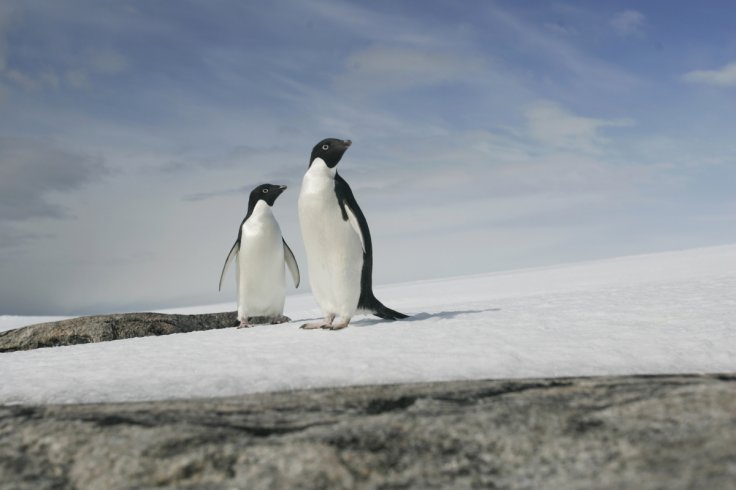
Researchers have found the fossilized remains of a giant penguin that stood as tall as a human being from sedimentary rock that were formed 55m to 60m years ago at Hampden Beach in southern New Zealand. This latest discovery is reportedly the oldest penguin fossils ever uncovered.
The fossil hunters believe that the fossils came from a 220-pound ancient penguin species that was about five feet, ten inches tall, which is the height of an average man. Emperor penguins, which are believed to be the tallest penguin species alive today, reach only 1.2 metres when fully grown.
ALSO READ: Clay on Mars could have formed due to planet's crust, not water: Study
According to reports, the newly discovered species is called Kumimanu biceae, which is derived from the local Maori words for "mythological monster" and "bird."
Experts claim that penguins evolved from flying birds tens of millions of years ago, but they lost the ability to get airborne and became accomplished swimmers instead. After becoming flightless, some of the birds became much larger, growing from about 80cm tall to twice the size.
This recent discovery has been published by the researchers in the journal Nature. However, the pieces of the latest skeleton, including wing, spine, breast and leg bones, were first discovered more than a decade ago. But, the rock holding the fossilised bones was so hard that it has taken until now for researchers to prepare and study the remains.
The researchers have also revealed that the ancient penguins were probably had brown coloured feathers and not the usual black-and-white coloured ones. They also had a longer beak than its modern-day relatives.
"It would most likely have been slimmer too and not so cute looking," Gerald Mayr at the Senckenberg Research Institute and Natural History Museum in Frankfurt told The Guardian. "It's one of the tallest penguins that has ever been found."
The researchers said that the giant penguins became extinct about 20m years ago when the marine mammals evolved in the form of toothed whales, seals and other creatures. However, the reason of their extinction is still not clear to the researchers. They believe that perhaps the flightless birds may have struggled to compete with marine mammals for their survival. Later, they might have become the meal of the new predators.









